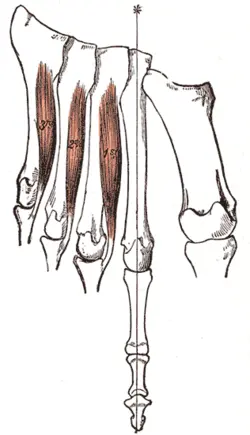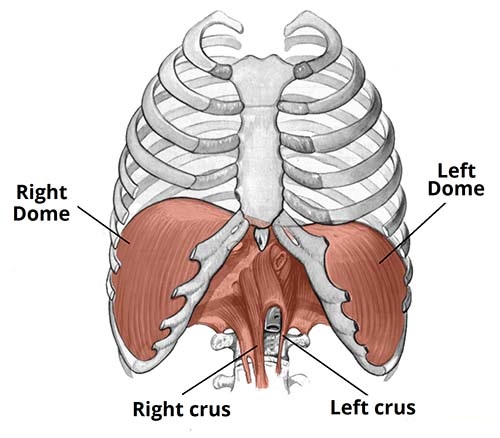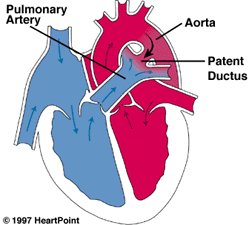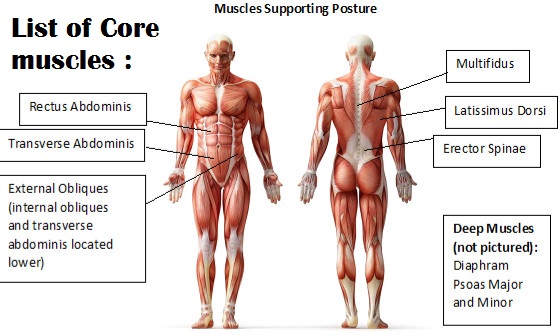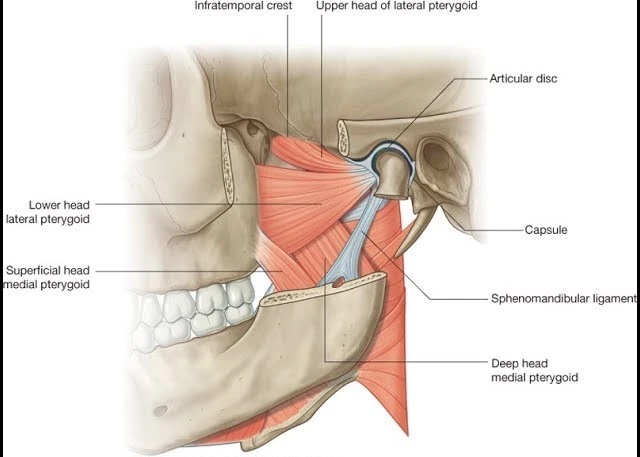Plantar Interossei Muscles
What are Plantar interossei muscles?
The plantar interossei are a group of three small muscles in the sole’s middle area. Plantar interossei can be categorized in two ways, as the foot muscles can be divided into three groups from lateral to medial or four layers from superficial to deep:
Together with the flexor digitorum brevis, quadratus plantae, lumbricals, and dorsal interossei, they are included in the central plantar muscle group.
Alternately, they can be discussed alongside the dorsal interossei as a component of the fourth layer of plantar muscles, also known as the interosseous compartment.
The dorsal interossei muscles support the plantar interossei, which are invested by the plantar interosseous fascia. Plantar interossei are located below the metatarsal bones and are smaller than their dorsal counterparts.
Origin
The 5th, 4th, and 3rd metatarsal bones’ inferior medial section.
Insertion
The center of the first phalanx of the toes, then into the bands of tissues that make up the Extensor digitorum longus.
Relations
The muscles of the third layer of the sole are in the plantar interossei, which are superficial to the dorsal interossei. These muscles are deep within the plantar interossei flexor digiti minimi brevis, adductor hallucis, and flexor hallucis brevis. The medial borders of the plantar interossei are parallel to the plantar metatarsal arteries.
Innervation and blood supply
Two branches of the tibial nerve innervate the plantar interossei; The deep branch of a lateral plantar nerve (S2-S3) supplies the medial three muscles, while the superficial branch of this nerve supplies the most lateral plantar interosseous muscle (of the fourth interosseous space).
Through the lateral plantar artery and its branches, the posterior tibial artery supplies the plantar interossei with blood; deep arteries in the plantar arch, the plantar metatarsal, and the dorsal metatarsal.
Functions
There are three main functions of plantar interossei: They extend the second to fourth toes at the interphalangeal joints and flex and adduct the third, fourth, and fifth toes at the metatarsophalangeal joints. These activities are crucial during the push-off phase of running or walking because they keep the 3rd to 5th toes in their proper position and prevent them from separating when the forefoot is supported by the body.
Clinical notes
The toes will flex unopposed if the plantar (and dorsal) interossei stop working. Denervation of the muscle is linked to this, which is commonly referred to as a claw-toe deformity. When this deformity is observed, it is important to think about certain denervation syndromes.
Charcot-Marie-Tooth disease, which affects the peripheral nervous system and is a hereditary sensorimotor neuropathy, is one example. Sensory loss and progressive muscle atrophy result.
Plantar interossei muscle exercise
Enhancing your stride and gait by strengthening the intrinsic muscles of your feet is always a good idea.
Every day, take a barefoot walk around your house for at least 10 to 15 minutes.
Stretch upward until you are standing on your forefeet while standing straight with your hands above your head. After holding this position for thirty seconds, slowly fall until you are standing flat. Repeat after a 30-second break.

Placing a towel under your foot and grasping it with your toes is another great way to strengthen them. Take a 60-second break after performing this ten times with each foot, then repeat for three sets of ten. A pen or pencil might take the place of the towel over time.

FAQ
What is the location of the plantar interossei?
The plantar interosseous muscles form the fourth and deepest surface of muscles in the sole. In comparison to the dorsal interossei, there are three smaller plantar interossei. They emerge from the third, fourth, and fifth metatarsals’ medial and inferior sides.
What is the plantar interossei muscle responsible for?
Action: The adduction and abduction of the digits are the primary actions performed by the plantar interossei. Additionally, they aid the lumbricals in extending the interphalangeal joints.
What is the origin and insertion of the plantar interossei?
They are inserted into the medial sides of the bases of the first phalanges of the same toes and the aponeuroses of the tendons of the Extensor digitorum longus from the bases and medial sides of the bodies of the third, fourth, and fifth metatarsals.
What is the function of interossei and lumbricals?
With help from the interosseous muscles, the lumbrical muscles all the while flex the metacarpophalangeal joints and broaden both interphalangeal joints of the digit it embeds. When writing, the lumbricals are used during an upstroke.
How many muscles are in the plantar interossei?
There are three plantar interossei, each of which is smaller than the dorsal interossei. They emerge from the third, fourth, and fifth metatarsals’ medial and inferior sides.

